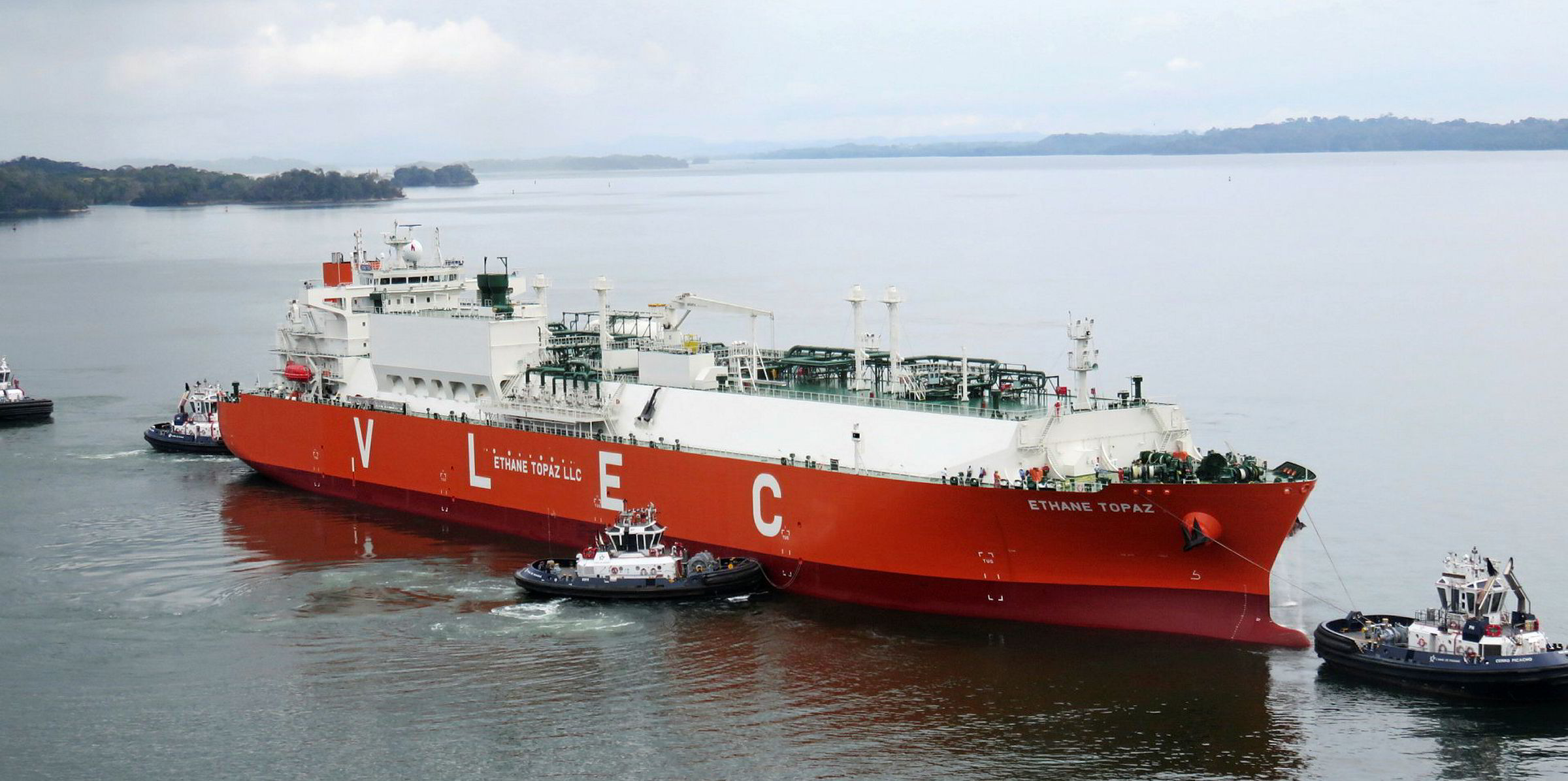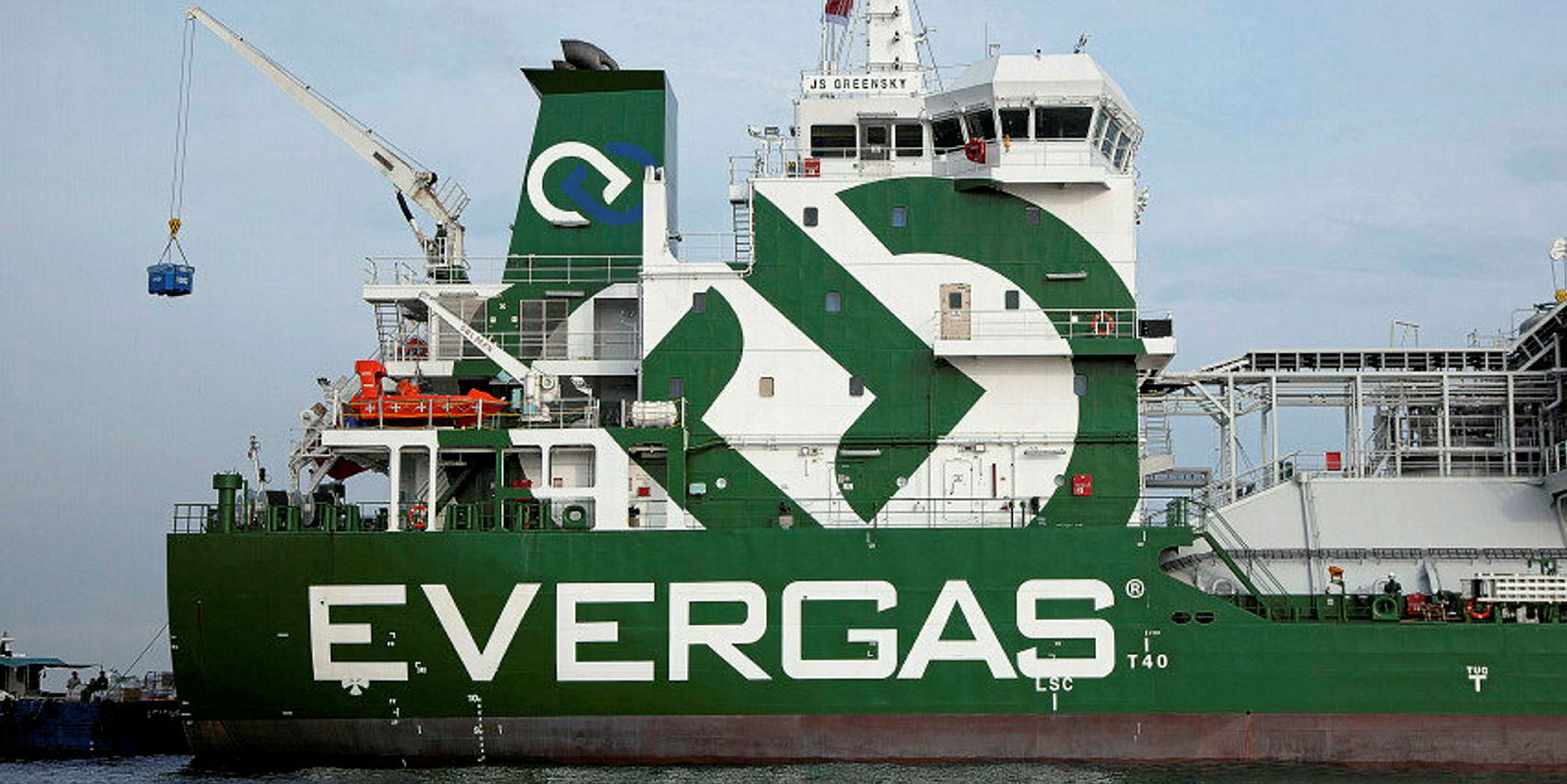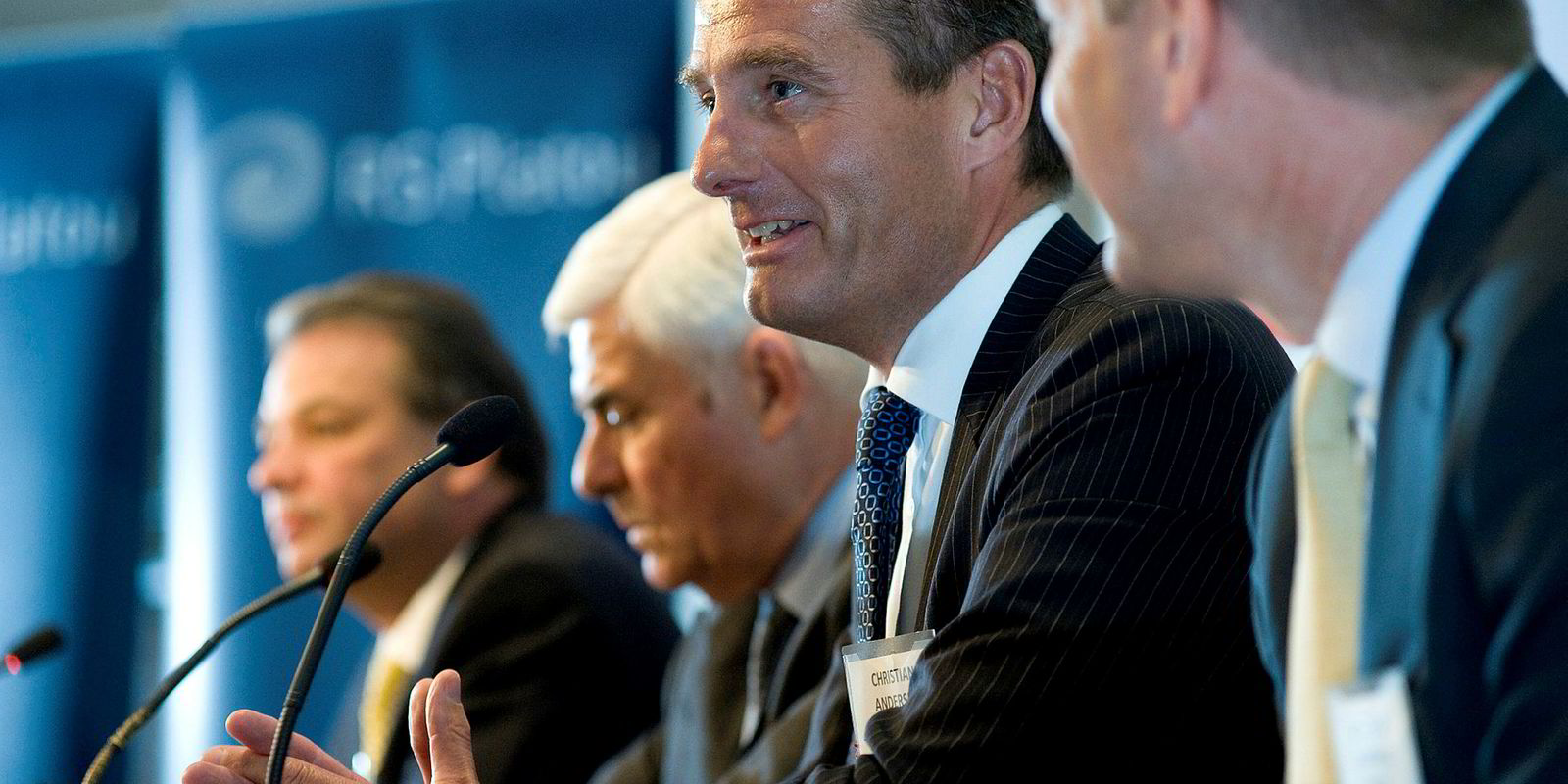Energy Transfer Partners has finally started to commission the long-delayed Mariner East 2 pipeline project, a developed some analysts expect to boost LPG shipping demand in the coming quarters.
The New York-listed master limited partnership announced the project began service on 29 December, transporting ethane, propane and butane east from processing plants in Ohio, across West Virginia and Pennsylvania to the Marcus Hook terminal for domestic and overseas markets.
“While Mariner East 2 does have a good deal of ethane capacity and thus is especially good for specialised ethane and ethylene vessels rather than the larger VLGCs, more volume should be beneficial for the entire supply chain,” Stifel said in a note.
“Some of those specialty vessels have been competing in the traditional LPG trades and will now leave LPG to the less sophisticated vessels.”
The slowly-recovering LPG shipping markets are are expected to gradually feel the positive impact from Mariner East 2 in the coming quarters, according to analysts.
Stifel estimated daily earnings of VLGCs at $22,000 as of 5 January, compared with the 2018 average of $18,098.
For the specialised semi-refrigerated markets, spot earnings have increased to $17,000 per day currently from the year-ago level of $14,000, according to Stifel.
Vessels with ethylene capacity enjoy a premium of $8,000 per day, Stifel added.
“We estimate that eight to 10 [units] of the ethane/ethylene fleet will be needed for the project which is roughly 20% of the entire fleet,” Stifel said.
“With more ethylene exports coming to the market at the end of the year, we expect that niche of the market that is already tightening could be in for a two fold boost in demand.”
Composed of a 16-inch and a 20-inch pipeline, the Mariner East 2 project was originally due to come online in 2017. However, it has faced several delays amid regulatory shutdowns on environmental and safety grounds.
To meet its commitments to initial orders for natural gas liquids, Energy Transfer had to utilise a pipeline built in the 1930s to interconnect the completed sections of the two pipelines before the initial operation can begin.
According a report from Accufacts, which assesses the repurpose project’s technical standards, Mariner East 2 can ship approximately 150,000-160,000 barrels per day (bpd) at the current stage.
When the two pipelines and some ethane storage facilities are fully completed this year and next, Energy Transfer would be able to transport up to 275,000 bpd via the system.
“Once fully ramped up…the pipeline [system will be] providing a massive boost to LPG shipping demand,” Jefferies said.






